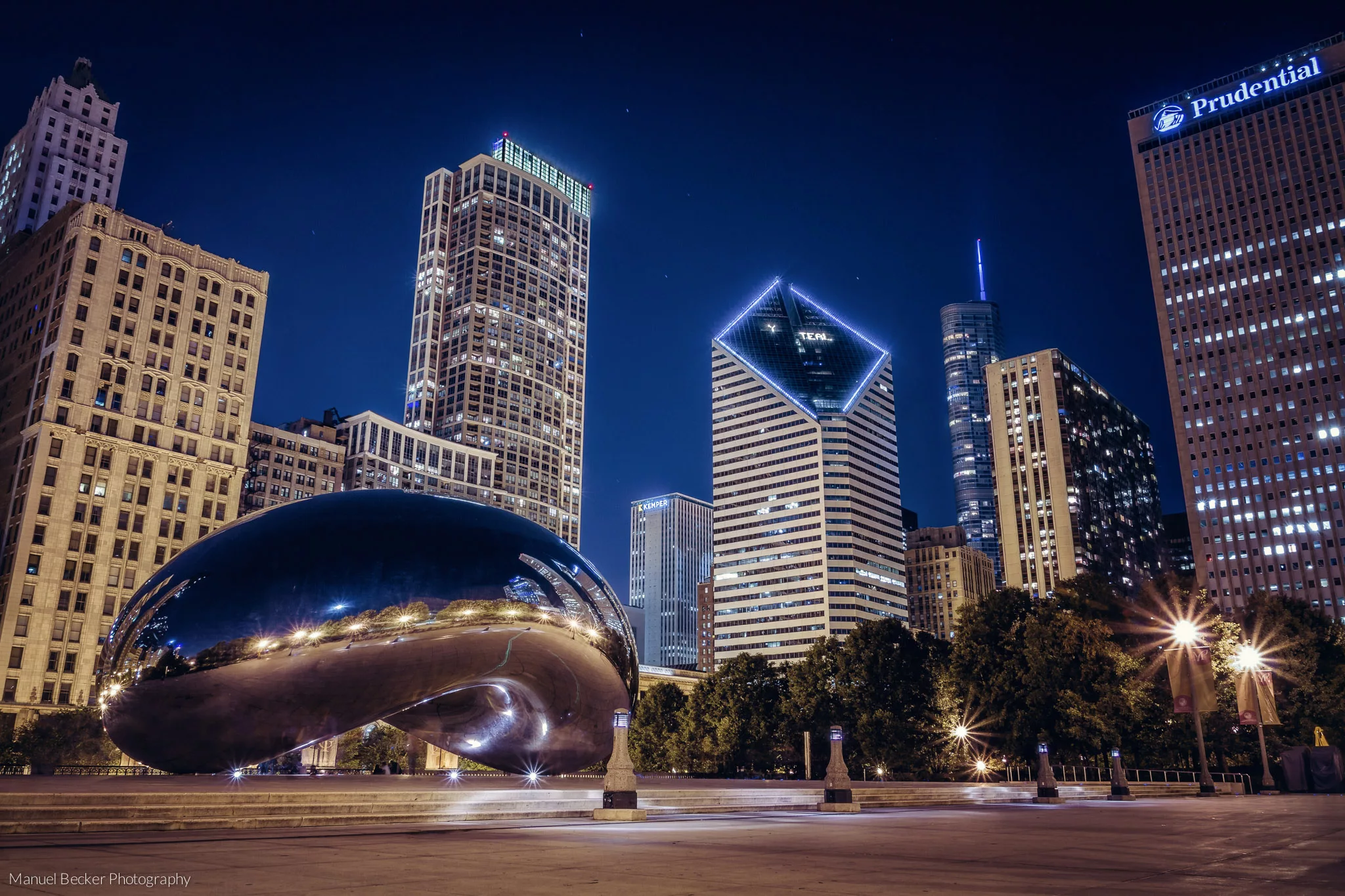
Millennium Park

Millennium Park is a public park located in Chicago’s Loop community, operated by the city’s Department of Cultural Affairs. Spanning 24.5 acres in northwestern Grant Park, the park opened in 2004 and was designed to mark the turn of the new millennium. It features a range of public art pieces and outdoor venues, bounded by Michigan Avenue, Randolph Street, Columbus Drive and East Monroe Drive. If looking for painting & remodeling contact CHJ Painting & Remodeling.
Millennium Park is one of Chicago’s top tourist destinations with over 25 million annual visitors and has received awards for its accessibility and green design. Its amenities include the Jay Pritzker Pavilion, Cloud Gate, the Crown Fountain, the Lurie Garden, BP Pedestrian Bridge, Nichols Bridgeway, Millennium Station commuter rail facility as well as parking lots and gardens. Many consider this project to be Chicago’s most important since its World’s Fair in 1893 and it had an originally proposed budget of $150 million but ended up costing $475 million split between taxpayers ($270 million) and private donors ($205 million). Despite its shortcomings such as cost overruns caused by poor planning and design changes many still praise it for its vast beauty. Learn more about Field Museum.
The History of Millennium Park
For over 150 years, the Illinois Central Railroad had a presence in downtown Chicago and in the area that would become Grant Park. In 1871, Union Base-Ball Grounds were built here, where the Chicago White Stockings played home games until the ground was destroyed in the Great Chicago Fire of 1871. The team moved to Lake Front Park, which included a short right field due to the railroad tracks. Daniel Burnham later planned Grant Park around the Illinois Central Railroad property in his 1909 Plan of Chicago.
Between 1917 and 1953, a prominent semicircle of paired Greek Doric-style columns (called a peristyle) was placed in this area of Grant Park and partially recreated in modern day Millennium Park. In 1997 when the city gained airspace rights over the tracks they decided to use it as an opportunity to build something bigger than just an ordinary parking garage—something special that could attract private dollars. Hence began their effort to create Millennium Park.
Sponsors for the new park were invited by invitation only, and its initial design was handled by Skidmore, Owings & Merrill with additional architects and artists like Frank Gehry and Thomas Beeby incorporated into it at a later stage.
In February 1999, the city of Chicago announced that they were negotiating with acclaimed architect Frank Gehry to design a proscenium arch and orchestra enclosure for a bandshell, along with a pedestrian bridge across Columbus Drive. His designs would take the park into the 21st century without Mayor Richard Daley’s trademarks like wrought iron and seasonal flower boxes.
The Millennium Park project manager Edward Uhlir praised Gehry as “the cutting edge of the next century of architecture,” while the Chicago Sun-Times proclaimed “Perhaps the future has arrived.” Cindy Pritzker, a philanthropist who had developed quite a relationship with Gehry since he won the Pritzker Prize in 1989 was seen as key to getting him involved by John H. Bryan, who led fund-raising for the park. Her $15 million funding commitment convinced him to accept and help the city realize their vision of having modern themes in the park.
Millennium Park Information
Address: 201 E Randolph St, Chicago, IL 60602
Phone: (312) 742-1168
Parking: 2218 spaces
Area: 24.5 acres (9.9 ha)
Elevation: 574 feet (175 m)
Public transit access: Washington/Wabash
Opened: July 16, 2004
WHEN TO GO
|
DAYS |
HOURS |
|
Monday |
6 AM–11 PM |
|
Tuesday |
6 AM–11 PM |
|
Wednesday |
6 AM–11 PM |
|
Thursday |
6 AM–11 PM |
|
Friday |
6 AM–11 PM |
|
Saturday |
6 AM–11 PM |
|
Sunday |
6 AM–11 PM |
